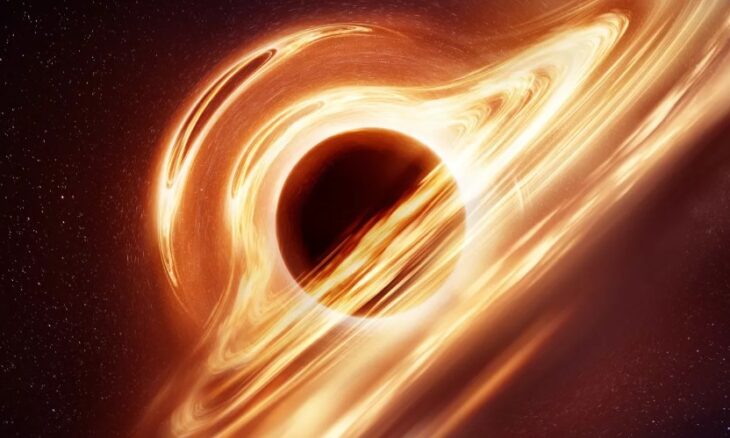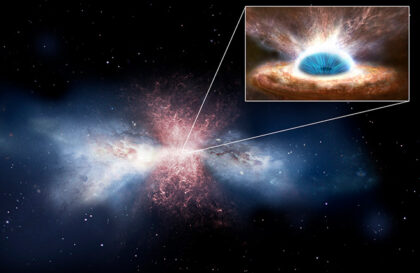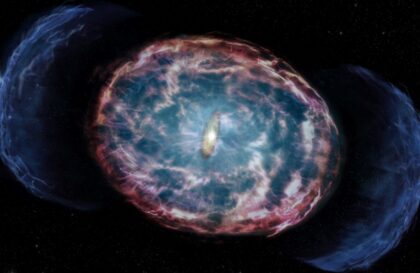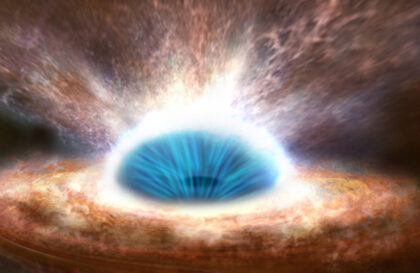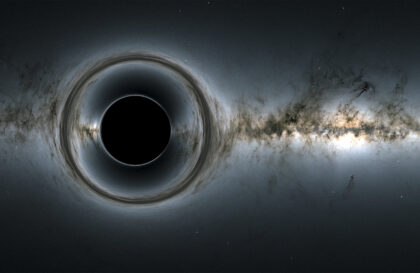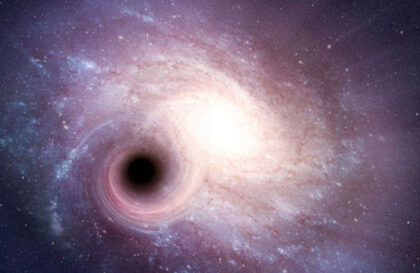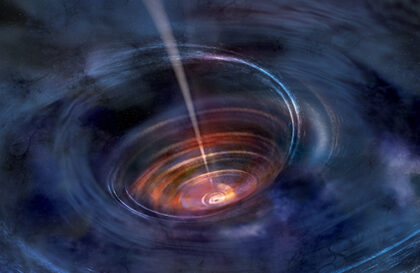The Great Census of Black Holes
Scientists have tracked the population of black holes over billions of years. They produced a kind of astronomical census reporting how many black holes of each size exist at any given time. They found that in every cubic megaparsec of space (megaparsec – one million parsecs, or 3.26 million light years) of our Universe there are about 50 million black holes with the mass of the Sun. Supermassive black holes are much rarer than their smaller cousins.
The date of the last census is November 16, 2021.
There are more black holes in the universe than astrophysicists expected. Each individual black hole can grow as the universe expands, just as other astronomical objects grow.
So, among all the stars that you see in the night sky, there are many black holes hiding.
On the other hand, supermassive black holes are extremely rare, and only one of these monsters usually lives in each galaxy.
Despite their mass, black holes make up about 1% of all baryonic matter (not dark matter) in space today. Surprisingly, most of the baryonic matter is found in loose nebulae.
The first black hole outside the Milky Way
Finding a black hole is a difficult task, especially if it is at a considerable distance. Such giants emit a minimum of light, which makes their direct observation through telescopes almost impossible. However, black holes leave their own characteristic marks: for example, their gravitational influence affects the movement of surrounding objects, which can be examined with telescopes.
In the Magellanic Cloud 160,000 light-years away, astronomers have detected subtle dots in the motion of a star that is in the NGC 1850 star cluster. This is a sure sign of the black hole that this star orbited. A black hole with a mass about 11 times that of the Sun, a baby on a cosmic scale, it is only about 100 million years old.
This breakthrough was achieved using the high-tech Large Telescope (VLT) of the European Southern Observatory, located on a mountaintop in the desert of northern Chile. This allowed the researchers to observe thousands of stars in a single frame, and eventually detect the signature signals of a black hole.
Shooting at the speed of light
But the giant black hole of the galaxy M87 shoots jets at almost the speed of light. Einstein knew about this, and scientists have only just found out.
This black hole is located in the galaxy Messier 87 (M87) in the constellation Virgo, 55 million light-years from Earth. It is powered by interaction with the galaxy and has a mass equivalent to 6.5 billion solar masses. In 2019, the Event Horizon Telescope research team created a historical image of this black hole – it was the first image of its kind in history.
The existence of this black hole was originally predicted through mathematical calculations and then confirmed through careful astronomical observations. This is an important confirmation of Einstein’s general theory of relativity, which best explains the presence of supermassive black holes at the centers of galaxies.
Credit рhoto:
https://www.space.com
https://www.cnet.com
